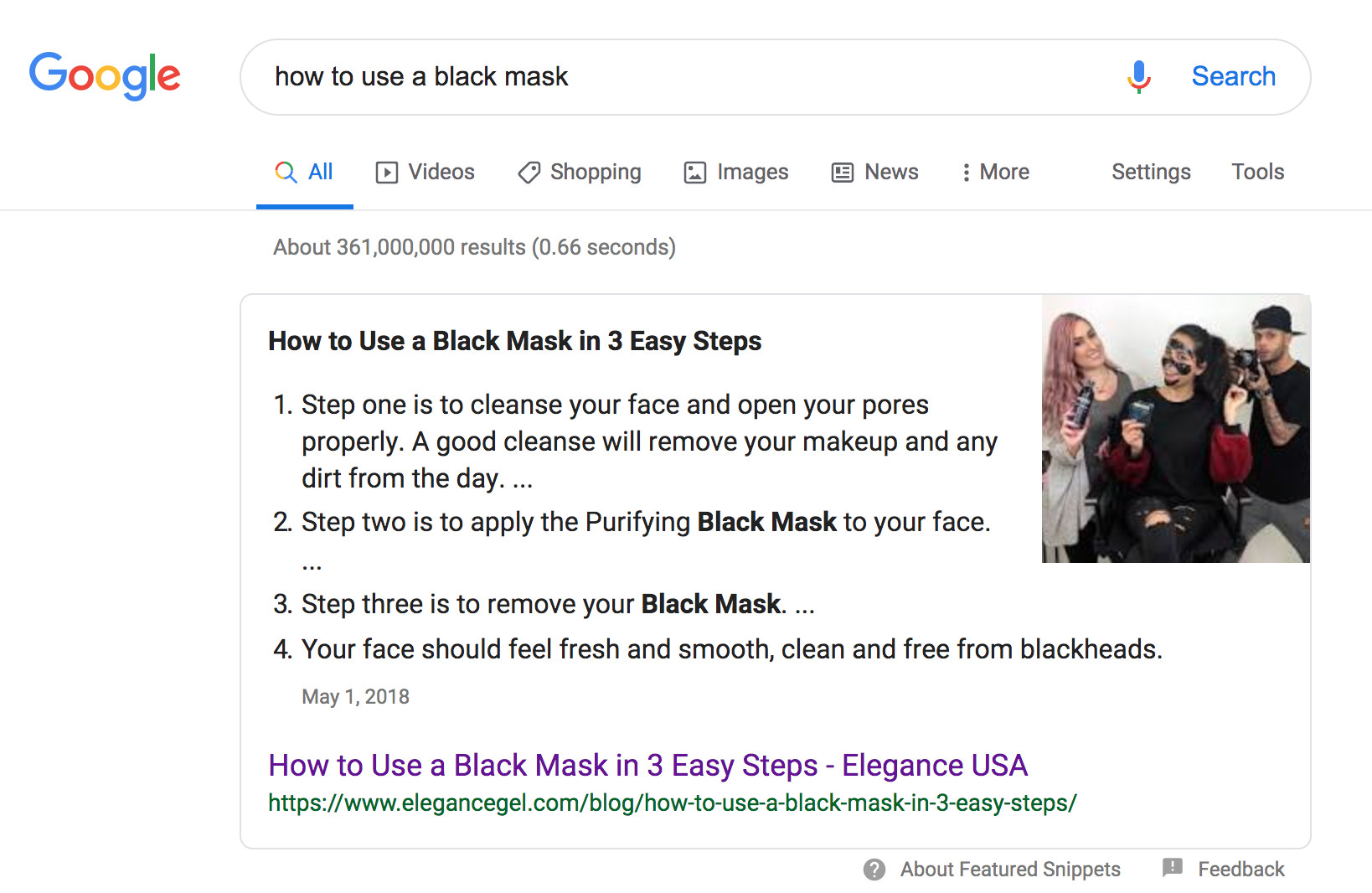A Step by Step Guide For Creating Quality Content
Where do you start?
So, you’ve found your niche, you have some big goals in your head, and you’re ready to write content and share your knowledge. There can be quite a bit for you to take on here, and the list can be pretty long and intense.
In this blog post, we’ll discuss the process to generate quality content for your website that will help you improve domain authority, increase search engine rankings, generate more leads, and establish you as an expert in your field.
Table of contents
Content creation process step by step
- Choose your content topic
- Research your content topic
- Identify needs and trends in your niche
- Brainstorm your topics and your angle
- Create quality content
- Review, edit, and publish.
1. Choose your content topic
Choosing a topic requires some creativity, and it requires some strategizing. Choose a subject in your industry or within your field of expertise and knowledge. For example, if you sell hair products, write topics about how to treat regular hair problems, hairstyle trends, haircut types, and so on.
When choosing content topics, try to keep them related or similar to improve SEO, organic keywords, domain authority, and user experience.
Tips for choosing a relevant topic or subject
- Establish a goal for the content topic
- More sales, brand awareness, set yourself as an expert in the field, link to other sources in your site to complement information are great goals for high quality content creation.
- Choose topics that are currently relevant
- Consider the time and season when choosing the subject content. For example, if you want to write about fall decorations, prepare to release your content around late July to allow search engines to crawl it.
- Choose a very specific subject
- Choose a particular topic to write about instead of a vague subject that will not lead to a particular search engine result.
- Pick a topic that sparks user interest
- Consider your audience’s interests when choosing a subject without forgetting about your ultimate marketing goal.
- Avoid topics that have been written about extensively
- Unless you provide a new direction, updated information, or have the resources to do it, avoid overused topics.
2. Research your content topic
Research is the foundation for the success of your content visibility. There are over 200 ways to improve your website’s visibility through search engine optimization, depending on your area, client base, industry, and many other factors.
Tip: Develop a persona for your potential target audience to help generate keywords, terms, and questions to help you find the topics they are searching for.
Identifying your target audience is the first broad step to research your content subject. For example, if you have a lawn care business, your target audience is probably someone who is over 25 years of age, owns a home, married with kids, and has a median household income.
Once you identify your target audience, research what they are searching for. A simple Google search can provide you with insights for specific subjects or topics. Use the Google Search Console, or Ubbersuggest to get particular content ideas, keywords, and phrases.
We have written a comprehensive list of the best free SEO resources to help you with your research content creation process.
3. Identify needs and trends in your niche
After researching your content ideas, focus on finding out specific content that needs improvement. Identify content needs and trends in your niche that will help you gain more quality traffic.
Make sure your content is relevant and necessary. If you own a beauty eCommerce website, write articles that answer specific questions, provide beauty tips and solutions. The best place to start is a simple Google search.
Take, for example, the following article that answers a particular question, “How to apply a black facial mask.” If you take a look at the blog post, you can see that it explains the process of how to use and apply a black facial mask while sharing tips and tricks for the best results.

Be creative, but be useful. Include a list of ideas that could potentially be covered in your content, and they will even help you generate potential suggestions for future references.
Tip: Improve your content creation process by using a note-taking app or a word document to save ideas, suggestions, and links to further improve your content resources.
4. Brainstorm your topics and your angle
Let’s say you’ve selected a couple of areas of interest for your content based on research and trends found online. First, decide the topic you will be starting with. You need to know what you want to write about and target that content towards your desired audience.
Next, choose the tone and structure of your content, taking into consideration keywords, links, and content types to include (images, videos, infographics, etc.).
You need to know the tone you’re hoping for, whether it’s fun and playful, or professional but personal, or even formal and academic. You want to keep your content focused, but interesting, so running off on a tangent or a rant, or including information about something irrelevant, though up to date, might not serve a purpose for your readers.
5. Create quality content
Though it seems a bit intense and all-encompassing, you’ve done the thinking part of this process. The next question is, do you want to create the content yourself, or are you looking to have a writer create that content for you?
Regardless of which you chose, if you’ve made the list that includes your topic, tone, target audience, necessary language, links, and key takeaways, then you can either get right to work on writing your first piece, or you can send the information to a writer.
Tips for creating content
- Aim for a word count goal of 1000 – 1500 words
- Add a table of contents at the top
- Include a small introduction and conclusion
- Make sure the content feels natural and engaging
- Add your researched keywords and terms throughout the content
- Use paragraph breaks and keep them short for easy reading
- Use titles, bold and italic text for important text
- Make use of unordered and ordered lists when needed
- Write original content and avoid plagiarism
- Include images and videos whenever possible
- Link to other pages on your site and facilitate navigation
6. Review, Edit, Publish!
The last steps are the easiest: review your content to make sure you’re satisfied with it, check keyword density, edit the piece using spellcheck to make sure it is error-free, and upload it onto your site and click, “Publish”!
It can seem a daunting task to create something from nothing but remember to follow these steps and take it one idea at a time, and before you know it, you’ll see how easy it is to create your own unique content regularly!
